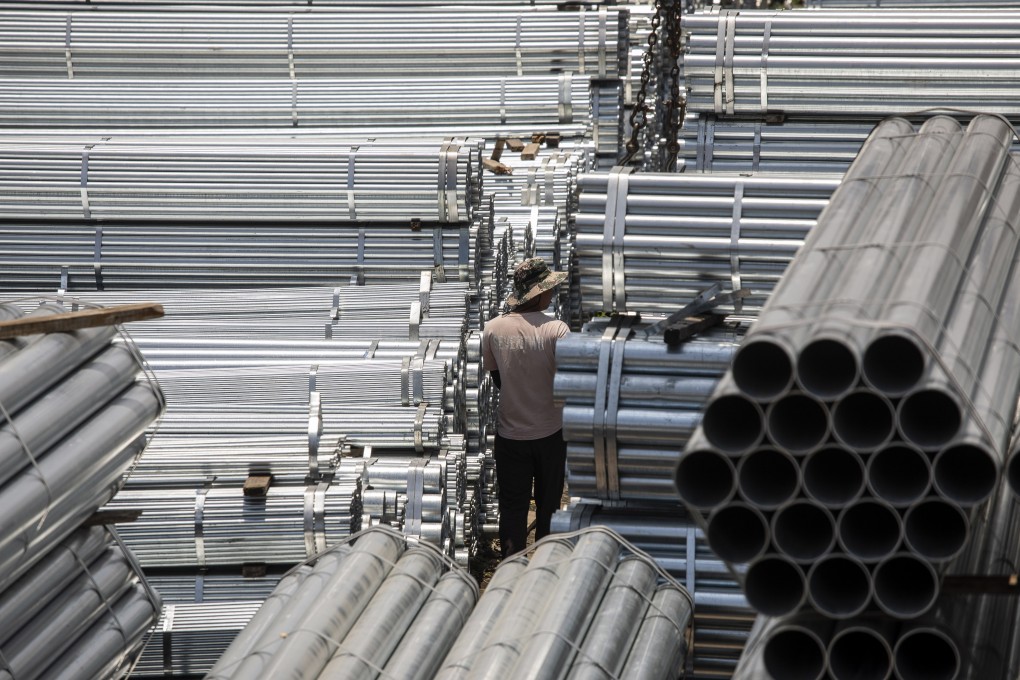China’s GDP target ever more distant, with second quarter growth tipped for 2-year low
- China’s economy is forecast to grow by 1.4 per cent year on year in the April-June period, its slowest quarterly expansion since the first three months of 2020
- Even a rebound in the second half of 2022 might not be enough for China to hit its annual growth target, as Beijing clings to zero Covid and rivalry with the West heats up

China’s economy is expected to post its lowest quarterly growth rate in more than two years next week, as it counts the cost of lockdowns and other hardline coronavirus control measures imposed during its “darkest hours” of April and May.
Gross domestic product (GDP) is forecast to grow by 1.4 per cent from a year ago in the April-June period, according to Chinese data provider Wind.
While concern about a recession grows in the United States and Europe, China has shown signs its slowdown may have bottomed out after the government eased some pandemic restrictions and rolled out support for the economy.
But even a rebound in the second half of 2022 might not be enough for China to hit the annual growth target, economists say, as Beijing is unwilling to drop its zero-Covid policy and rivalry with the West is heating up.